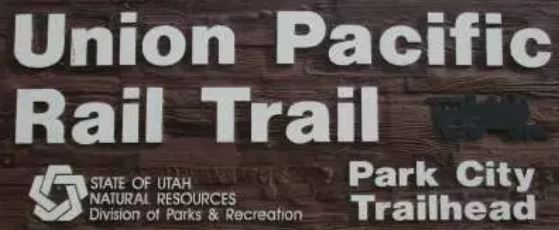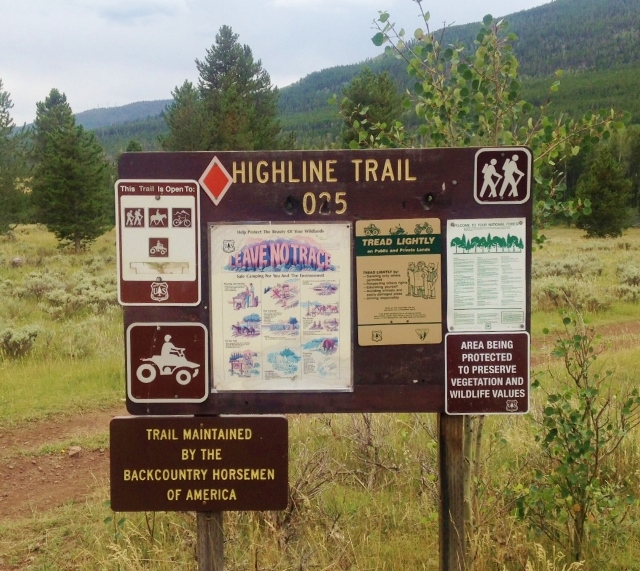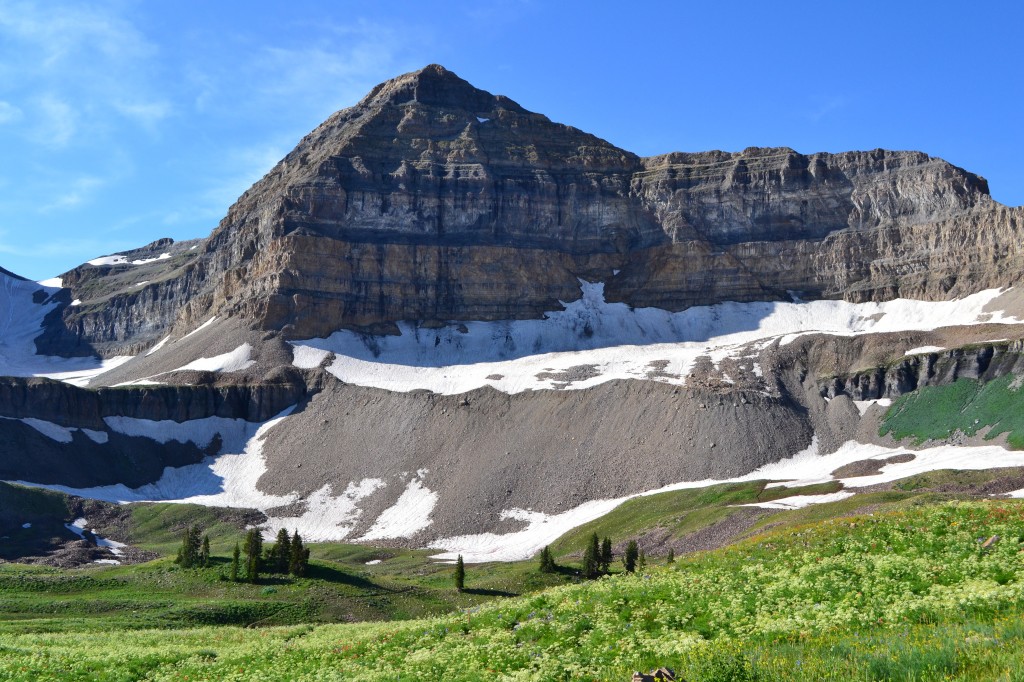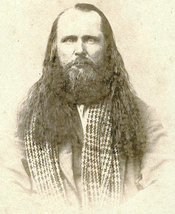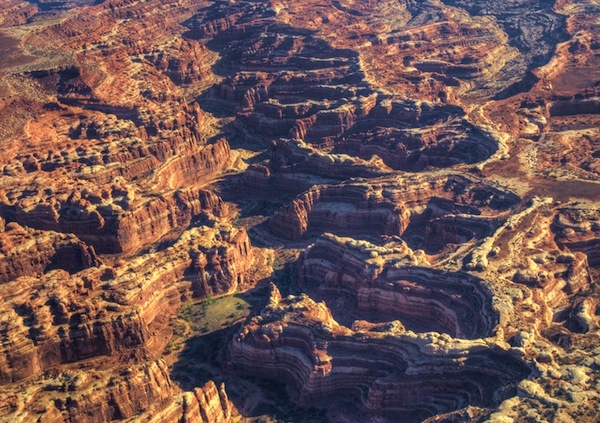 When my backpacking buddies started to discuss a destination for our annual trip, I suggested “The Maze District” of Canyonlands National Park. I knew very little about it, but did know it was very remote and we love hiking in remote areas. The Maze is one of the most remote areas in the United States and among visitors of Canyonlands, only about one percent of the visitors go there and I would bet less than that.
When my backpacking buddies started to discuss a destination for our annual trip, I suggested “The Maze District” of Canyonlands National Park. I knew very little about it, but did know it was very remote and we love hiking in remote areas. The Maze is one of the most remote areas in the United States and among visitors of Canyonlands, only about one percent of the visitors go there and I would bet less than that.
Last week, one of my buddies who is very experienced with off-roading went to investigate and came back with a great report. However accessing The Maze would require hours of very rugged 4wd driving or getting dropped off by boat on the Colorado River. I found a report from some ultrarunners who had run a multi-day 100+ miles there in 2013 so I believed I could access the area by running, without hours of rugged driving on longer routes.


